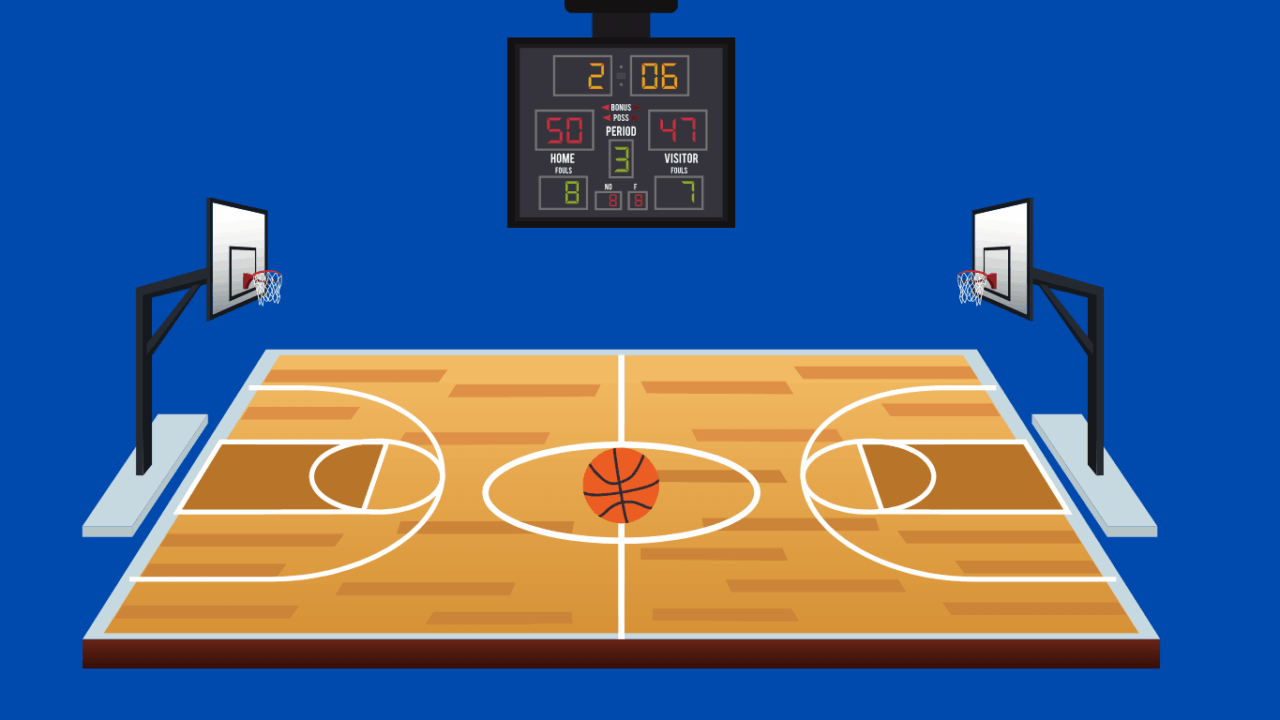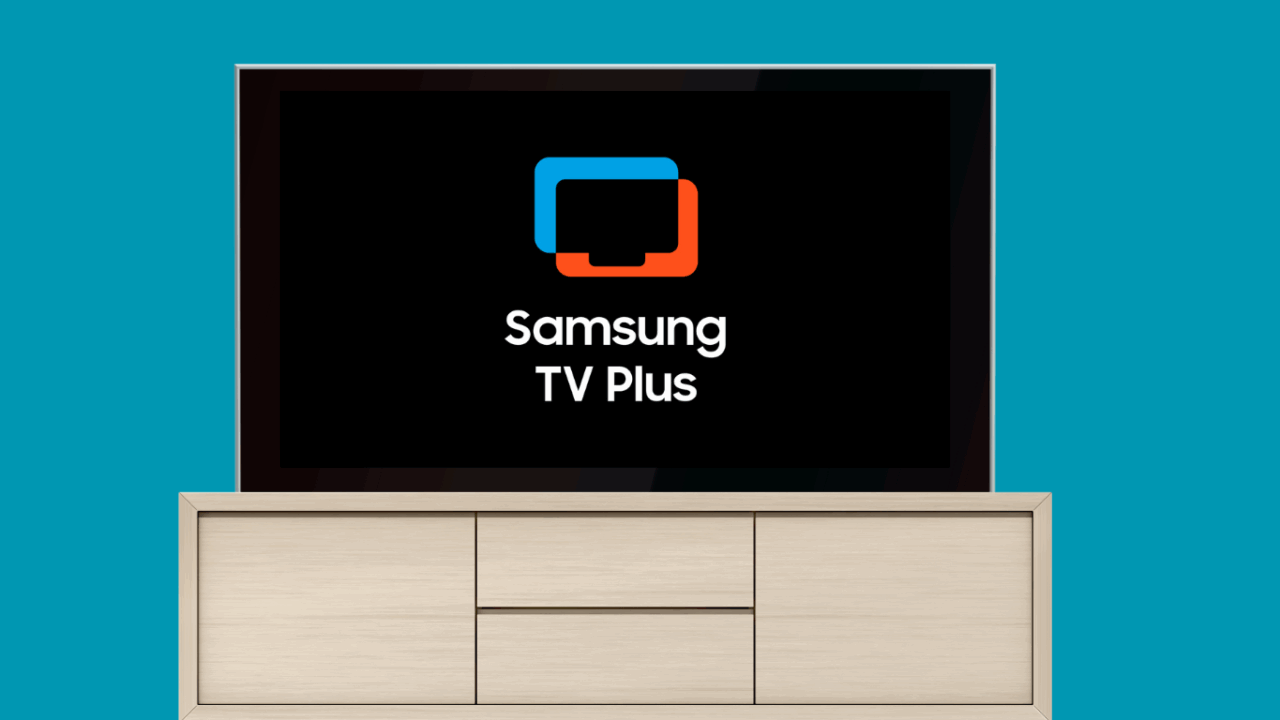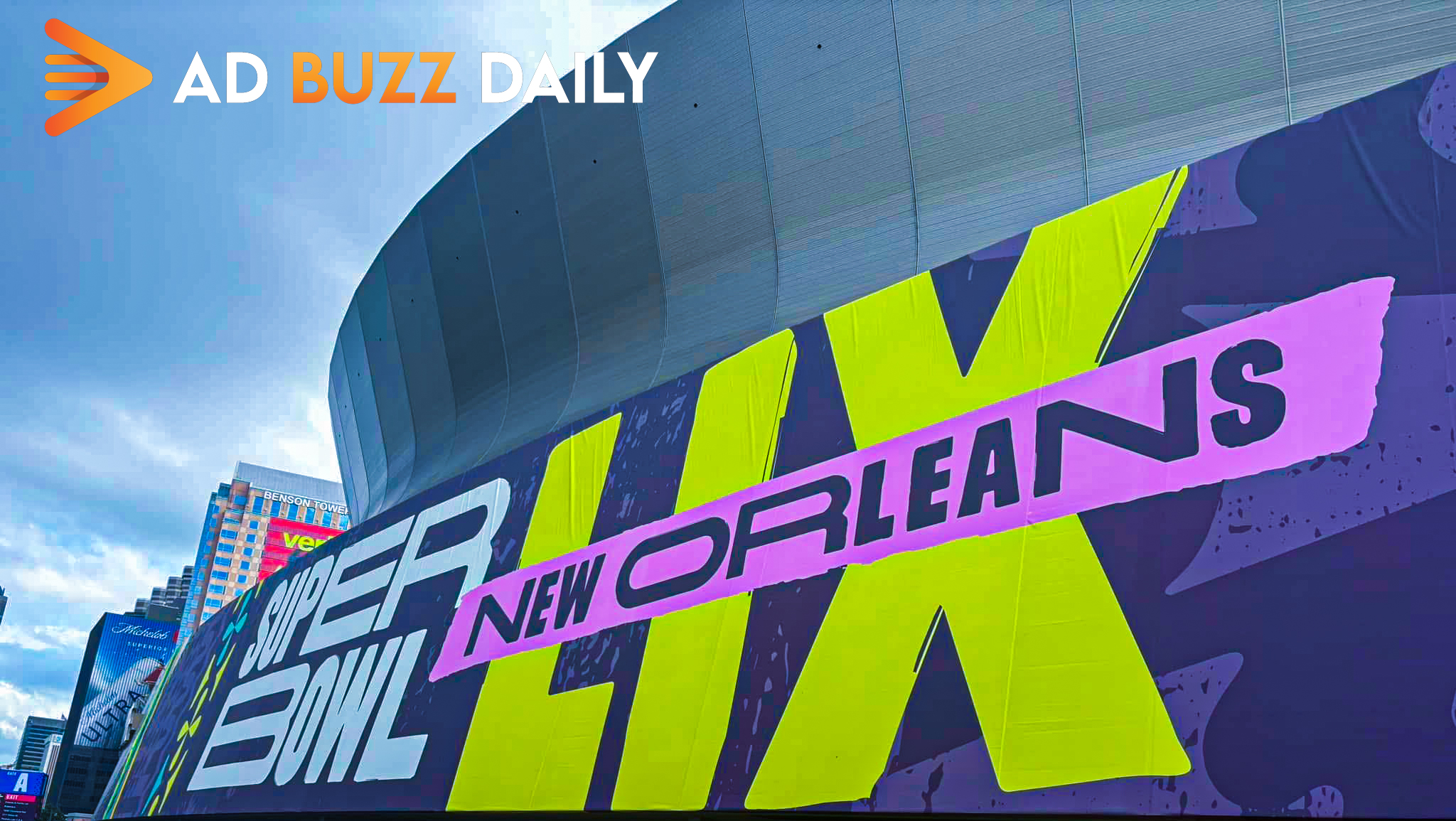
In Super Bowl LIX, the Kansas City Chiefs got decimated by the Philadelphia Eagles as Patrick Mahomes’ three-peat attempt fumbled. But that is not what people are talking about.
As a result of the early debuts of some of these ads, the “wow” factor quickly wore off. But the ones that waited until commercial time were memorable, such as Nike, OpenAI, Uber Eats, and others.
For the Super Bowl, the usual suspects bought ad space and it followed the same format: older celebrities in ads with a hint of nostalgia and a momentary joke or meme. We heard this from Gen Z marketers and reporters at the Super Bowl.
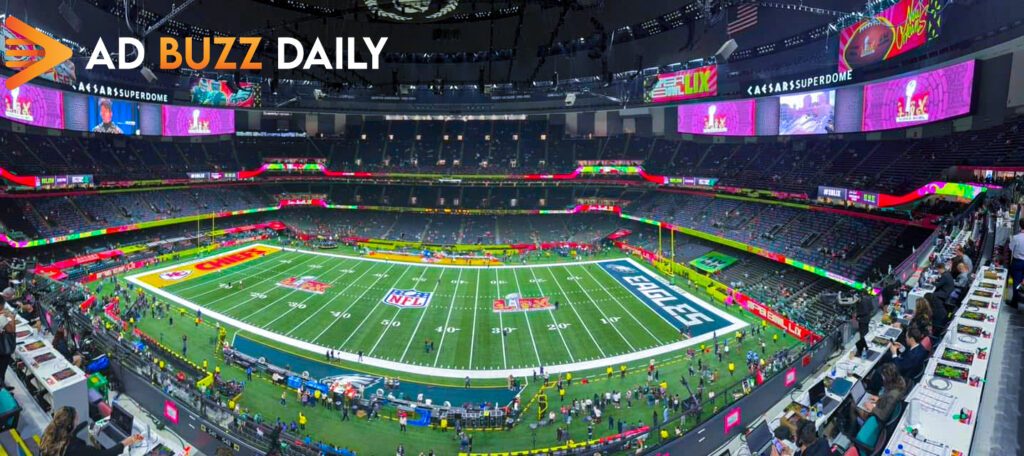
“From my perspective as a Gen Z marketer, the overuse of 40+ year old celebrities in Super Bowl ads is a missed opportunity,” said Liam Perkins, Digital Marketing Manager at Privr. “While established stars bring a sense of nostalgia and trust for some, [they often fall flat with our generation], which craves authenticity and relatability.”
This demographic expressed frustration with the Super Bowl ads, feeling that the use of celebrities outside their age group seemed out of touch. However, brands and agencies do not randomly select famous faces for advertisements—these decisions are typically backed by research, with a target audience that is not always Gen Z.
Rawan Haroun, founder of Haus Unbranded, pointed out that 49% of Super Bowl viewers are Gen Z, highlighting how much the event has evolved culturally. She suggested that nostalgia may have peaked as a strategy for appealing to younger audiences. Many brands play it too safe or overcompensate, which results in an unauthentic appearance. Kendrick Lamar’s performance is more memorable than the advertisements themselves, according to Haroun.
“The whole thing gave the Super Bowl its biggest fashion moment yet, which opens up a huge opportunity for brands to align in ways we wouldn’t traditionally expect,” said Haroun. “It’s that kind of unexpected synergy that intrigues Gen Z, pulling together elements that don’t immediately seem to fit but end up feeling authentic.”
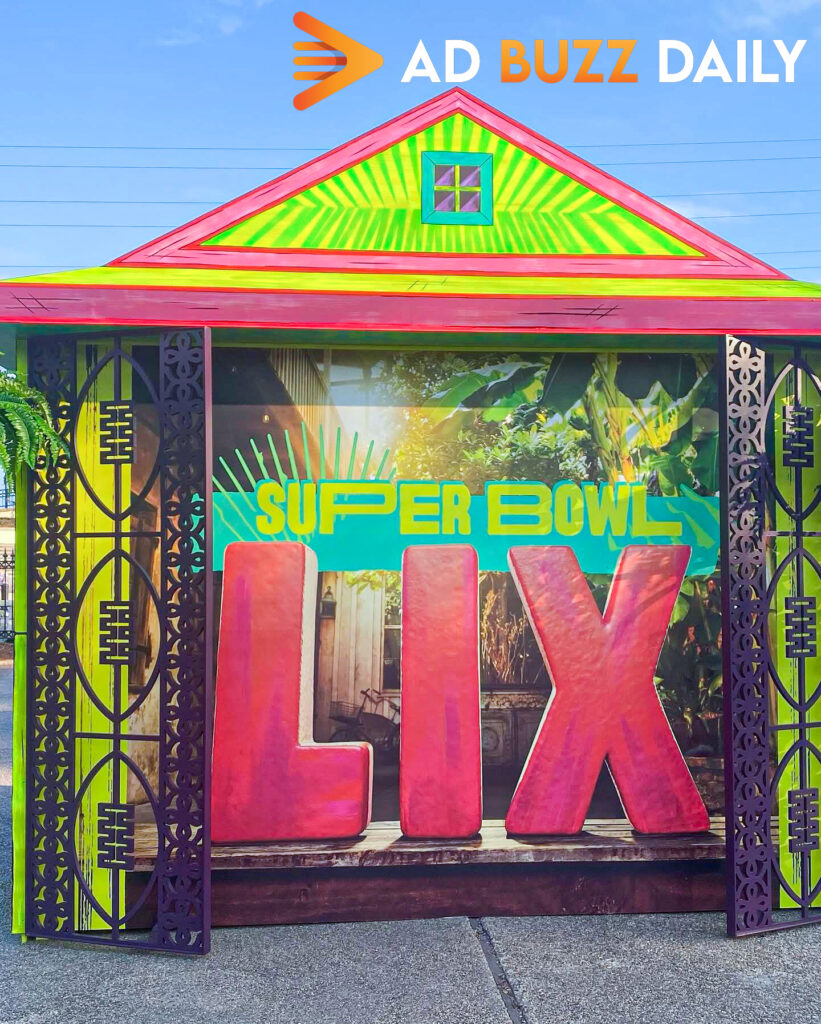
Jack Evans, Production Manager at FUSE Create, offered a different perspective. As an older Gen Z member born in 1998, he did not share the view that appearances by older celebrities in Super Bowl ads fail to resonate with his generation.
“Regardless of celebrity or not, these ads are usually comedic and the ads that resonate with me are the ones that truly make me laugh. However, out of all the ads with celeb appearances, the one that I didn’t connect with was the Bud Light ads with Post Malone & Shane Gillis, who very much have a Gen Z audience.”
The key question remains: did these ads achieve their intended impact? Nostalgia can be a powerful tool, particularly with streaming services keeping older movies and shows relevant. However, if Gen Z lacks a connection to a particular celebrity, the effectiveness of the ad diminishes. While some brands successfully leveraged nostalgia with stars like Ben Affleck, John Travolta, or Meryl Streep may appeal to older viewers, others miscalculated their approach.
Ben Villnow, Content Strategist at True Media, highlighted Poppi and Uber Eats as brands that successfully connected with Gen Z during the Super Bowl. By featuring influencers like Alix Earle and Jake Shane—already part of their creator-focused campaigns—these brands brought familiar social media figures to a larger audience.
“While I recognize the majority of the celebrities in the spots and understand the strategic effort to appeal to multiple generations, it’s refreshing to see brands utilize strategic celebrity partnerships that nod to Gen-Z specific knowledge – like Alix and Jake’s friendship and the Apple dance trend,” said Villnow.
Super Bowl ads often miss the mark with Gen Z, relying heavily on celebrities who don’t resonate with younger audiences. According to EDO’s Engagement Index, 67% of this year’s ads featured celebrities, yet many lacked relevance to Gen Z’s interests and values.
“From a marketing perspective, brands attempted to feature older celebrities while incorporating Gen Z elements but missed their mark in nailing the execution of their target audience. Gen Z has grown up in the digital world, making them highly aware of the content they consume,” said Alex Caceres, U.S. Head of Marketing at Metricool. “Brands must recognize that simply featuring a nostalgic character or adding a trendy reference [isn’t enough] to actually drive engagement or sales. While these tactics can be effective, they need to be intentional and aligned with what truly resonates with younger audiences.”
